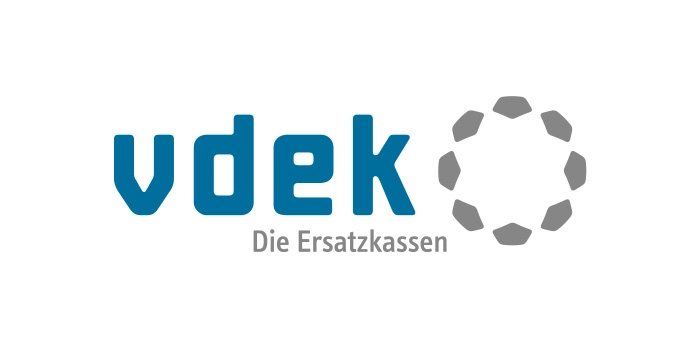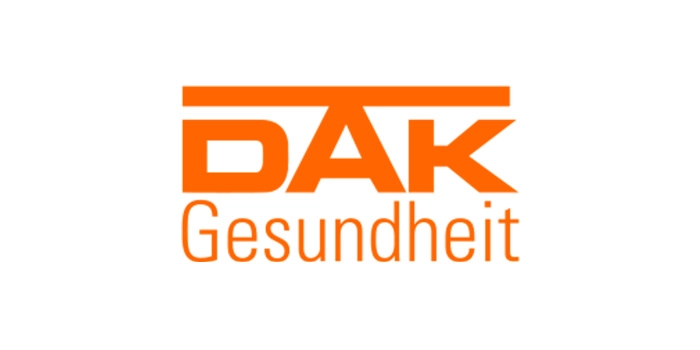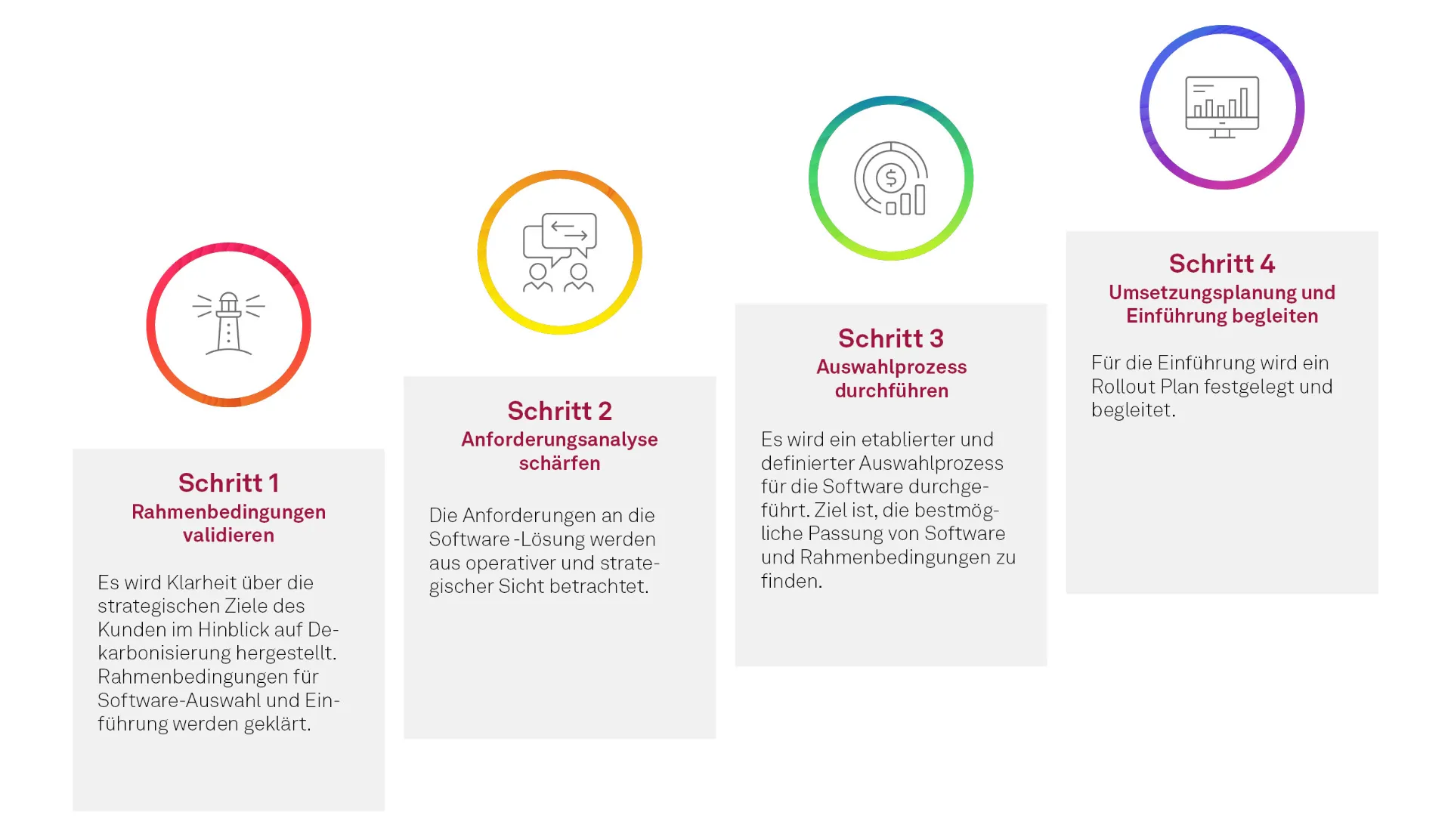Challenges in the automotive & manufacturing sector
As a consequence, original equipment manufacturers (OEMs) and numerous manufacturing companies in the automotive and manufacturing sectors are affected by the EU taxonomy. However, these companies quickly reach their limits in terms of both collecting and reducing their CO2 emissions as soon as they address the issue of decarbonization for the first time. Even at the outset, most companies face many questions:
- Which emission categories (Greenhouse Gas Protocol Scope 1-3) do I have to verify?
- How or where do I start collecting data?
- Can I replace missing data with blanket values?
- Do I need a special ESG tool?
- Do I need to include suppliers in the accounting?
- What measures do I need for effective and successful decarbonization?
- etc.
New and unfamiliar topics are usually difficult to implement, and so companies in the automotive and manufacturing sectors also have to overcome many hurdles on their way to successful decarbonization. Particular challenges for these companies are the scope of the value chains as well as the depth of the supply chains and thus the collection of the carbon footprint at single product level. In addition, there are frequent supplier changes at short notice and regular adjustments to production processes. ESG data is usually only collected per business location or business unit and then extrapolated for the entire company. It is currently widespread to use blanket assumptions for individual Scope 1-3 emissions. Unclearly defined organizational boundaries also make it difficult to extrapolate to an entire group of companies. This makes detailed tracking of the data difficult. In addition, there is a lack of processes for systematic and uniform collection and processing of the necessary data. Large companies usually have a heterogeneous system landscape, which requires a central ESG tool for use across an entire group of companies. Ideally, this ESG tool should be able to calculate the emission values of each individual asset, such as products, buildings, machines, travel, etc., and compensate for poor quality and availability of data with the help of reference values. Only then can targeted measures for effective decarbonization
subsequently be defined and implemented.





















